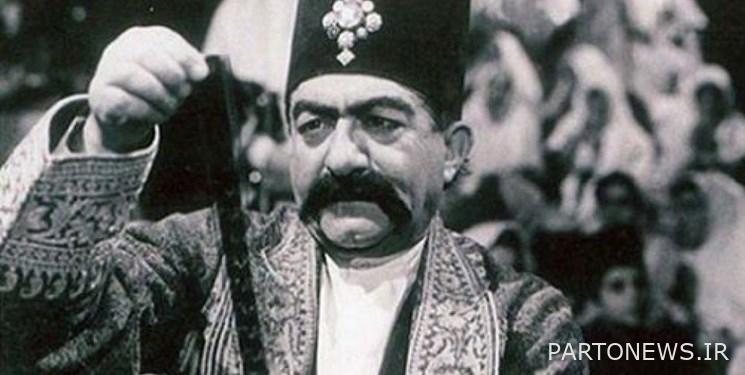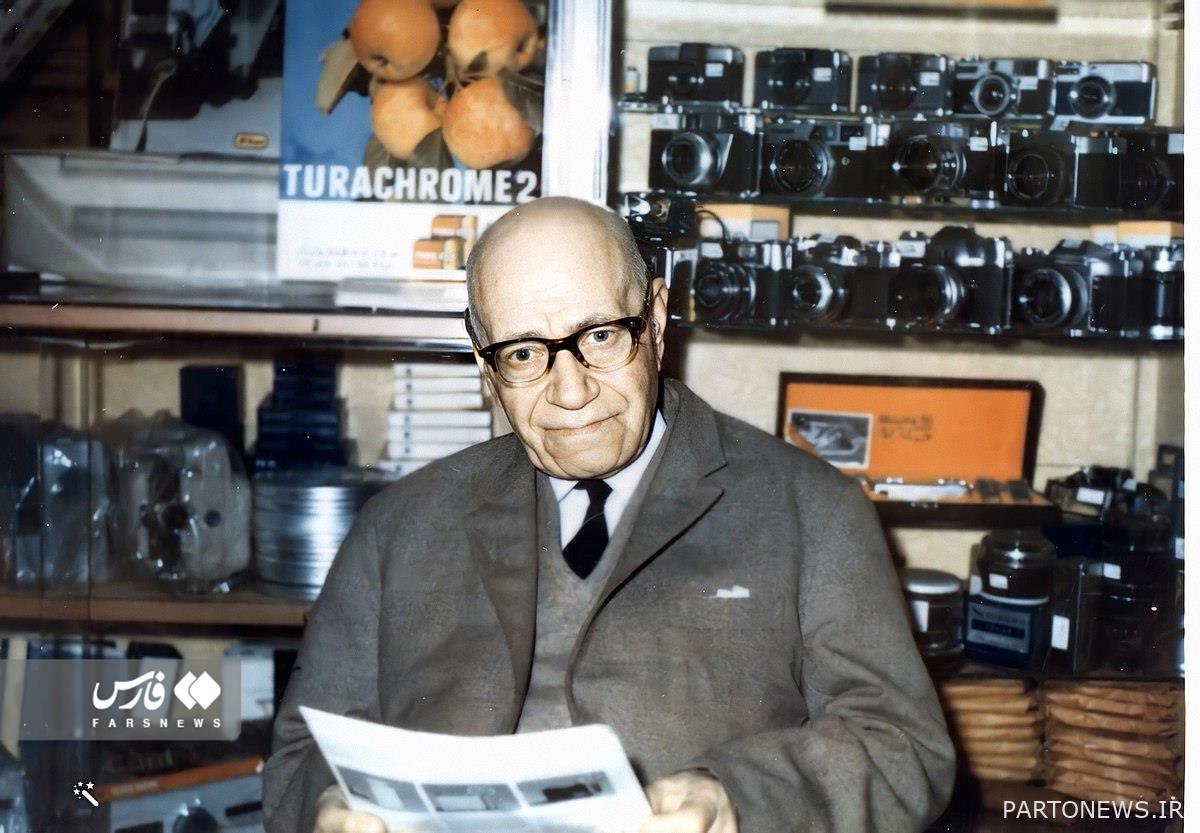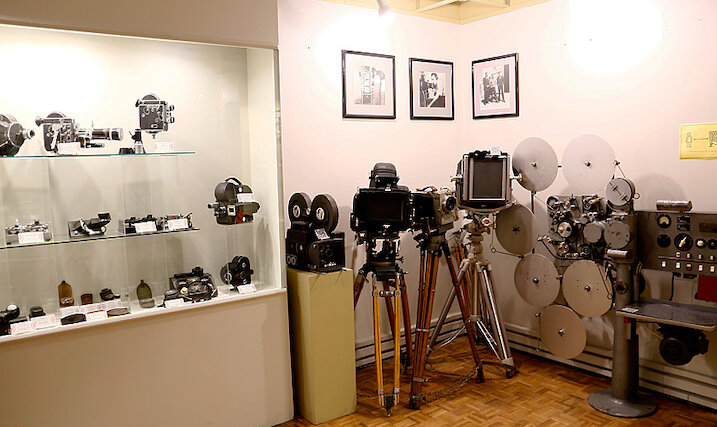Who was the first professional cinematographer of Iranian cinema?

Fars News Agency, Cinema Group: The formation of Iranian cinema and its early days in our country has always been one of the most fascinating parts of Iranian history for those who have been interested in this art. Many stories have been heard from Iranian cinema; But have you heard anything in these stories about the first professional filming of Iranian cinema? Did they know that in the early days of Iranian cinema, women did not have the right to appear in cinemas?
One year after the making of the important documentary Grass (produced in 1303) by Marian C. Cooper and Ernest B. Shudzak about the Bakhtiari nomad, “Khan Baba Motazedi” was the first Iranian to film in the country.
Motazedi, who worked in this field from 1304 to 1310, made silent news films. According to him, the most famous of them is a film called “The Constituent Assembly” which was made in 1304 about the Constituent Assembly that elected Reza Khan as king, as well as a film that was removed from his coronation a few months later in 1305.

Khan Baba Motazedi has spoken about himself and cinema during the first years of his formation in Iran a few decades ago, which we read below:
“I was acquainted with the film industry in Iran. This means that at the age of eight, I had a device called a lantern (magic light) that displayed motionless images on the wall. At the same time, one night at Arbab Jamshid’s house, I witnessed an unusual event, and that was the existence of a cinematograph that showed the images in motion, and this surprised everyone. Two or three years later, two people named Rusi Khan and Gholamreza Khan used a device called “Pateh” to show short films in parties and cafes, and finally the first movie theater in the attic on Ferdowsi Street by a person named Ardeshir Khan was established, and when I left Iran to study abroad, three or four other cinemas were established, showing only one chance a day due to a lack of spectators.

In those days, women still did not have access to the cinema, so I also showed films that I had made or brought from abroad to family gatherings for women. But then I negotiated with one of the cinema owners and together we made a cinema for women. Colonel Alinaghi Vaziri suggested that we dedicate his theater, which was located in Lalehzar, to this work, and thus the “Peri” cinema was established, which only showed films for women, and after the establishment of this cinema, women entered other cinemas. It also became popular. “But the men were sitting on the right and the women on the left.”
End of message /
You can edit this post
Suggest this for the front page

